THE FAMOUS COMIZO BARBEL OF SPAIN…a guest article on the mighty Comizo Barbel
I love barbel fishing therefore I have a natural interest in the mighty Comizo barbel of Spain that being the case I asked Juan at Barbel Extremadura if it would be possible for him to put together a few words. Here is the guest article from Barbel Extremadura. I hope you find that it whets your appetite for Spanish giants just as much as it has mine.
My obsession with the mighty “Comizo” started when I was fishing for the famous “Barbels Comizos” of Spain or as the English would say “Comizo Barbel” with a friend on the river Guadiana, that was the moment in time when it all began, all alone with miles of river bank ahead of me, that was when I decided to try to learn more about the habits of this scarily powerful and yet sneakily cunning fish.
And yet Barbels Comizo are not the only species of barbel in Spanish waters, Spain is home to many different species of barbel!
-Barbus Slateri
(Andalusian Barbel)
maximum 7 kg.
The Andalusian Barbel (Luciobarbus sclateri) is a member of the cyprinidae family. The Andalusian Barbel was formerly included in Luciobarbus bocagei as a subspecies
L. sclateri is endemic to the southern part Iberian Peninsua and occurs in both Portugal and Spain. It inhabits the middle and lower parts of rivers, between the Seguras and the Mira River. It is not very particular as regards its habitat choice, and will utilise anything except small cool mountain streams. They spawn at the beginning of summer, between May and June. The males reach sexual maturity at 2 to 4 years of age and around 8 cm (3.1 in), while females only reach maturity in their sixth or seventh year and at 11 to 16 cm (4.3 to 6.3 in) in length. Despite its fairly small size for a barbel, it is a long-lived species, with a maximum age of 18 years having been recorded.
-Barbus Bocagei
maximum 10 kg.
Luciobarbus bocagei honours the Portugeuese Zoologist and politician Jose Vicente Barboza du Bocage. It is here placed in Luciobarbus following the IUCN, but that genus is very closely related to the other typical barbels and is perhaps better considered a mere subgenus of Barbus. The Ebro Barbel (L. graellsii) and Andalusian barbel (L. sclateri) were formerly included in L. bocagei as subspecies
Naturally occurring hybrids of this barbel and the closely related Iberian barbel (L. comizo) are not uncommon in the middle Tagus river. The two species and their hybrids are hard to distinguish, but L. bocagei has a shorter and wider head, and the last unbranched ray of the dorsal fin has a shorter denticulated section but with more densely-packed denticles. In the first two traits the hybrids are intermediate between their parent species, in the latter they are closer to L. comizo. Also, the two species are distinguished by their micro habitat preferences with L. comizo inhabiting almost stagnant parts of the river. ]
-Barbus Microcephalus.
This barbel is endemic to the Iberian Peninsula, where it occurs in the middle and lower Guadiana River’s drainage basin in both Portugal and Spain. A presumably introduced population is found in a small stretch of the Tajo. Its natural habita are deep and slow rivers and resevoirs
Its numbers are declining across its rather small range, and it is classified as vulnerable by the IUCN. By 2020 its stocks will probably number less than half of what they were at the turn of the millennium.
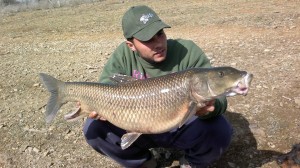 The main cause of its decline is unsustainable use of water resources, such as water pollution, extraction for agriculture and damming as well as introduced exotic fishes which pose an additional problem.
The main cause of its decline is unsustainable use of water resources, such as water pollution, extraction for agriculture and damming as well as introduced exotic fishes which pose an additional problem.
Barbus Comiza. The famous “Comizo Barbel”
Of all the Spanish barbel it is the mighty Comizo that can achieve greater weight, some ichthyologists believe that can reach 20 kg or more in weight, the biggest Comizo barbel caught in Spain was 17 kg.
However Spanish fishermen are not too enthusiastic when it comes to fishing for barbel, they prefer carp fishing and because hardly any studies have been carried out on the behaviour of this species in Spain a certain mystery remains as to the full potential of this fish.
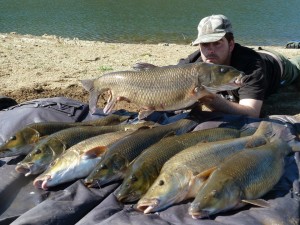 Comizo Barbel can be located in the catchment areas of the river Tajo and Guadiana river basin where there are monstrous Comizo barbel and multiple captures of barbel Comizo between 4 and 8 kg is very easy with the same fishing session also throwing up captures of bocagei, microcephalus as well as the comiza.
Comizo Barbel can be located in the catchment areas of the river Tajo and Guadiana river basin where there are monstrous Comizo barbel and multiple captures of barbel Comizo between 4 and 8 kg is very easy with the same fishing session also throwing up captures of bocagei, microcephalus as well as the comiza.
BARBEL HABITS
The Comizo barbel is a fish that is constantly moving so it is difficult to pin down and locate and also it has to be said that the Comizo barbel is far more suspicious than carp 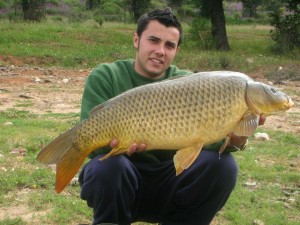 about accepting an angers bait. Successful methods for getting bites rely on the angler being able to fish towards structure, their bites are in the vicinity of posts and other such obstacles.
about accepting an angers bait. Successful methods for getting bites rely on the angler being able to fish towards structure, their bites are in the vicinity of posts and other such obstacles.
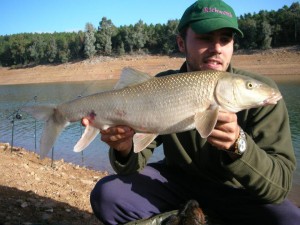
The Comizo tend to move in shoals that are grouped according to their size and decrease in number of specimens as they increase in size, so the very largest of the “Great Comizos” generally move in groups of 2 or 3 specimens, with the peak periods for catching them usually at dawn and dusk as they are most active at night with the best weather conditions for catching being windy, rainy and cloudy.
FEED
The Comizo is an omnivorous fish, but it a predilection for the natural food such as crabs, small fish, shrimp and worms, etc. Which means more are captured in winter because of a seasonal decrease in their natural food sources.
The Comizo will therefore accept all of the generally accepted baits used for other species of barbel such as boilies, pellets.
business owner www.barbelextremadura.com
Juan.
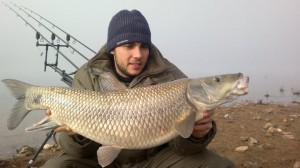
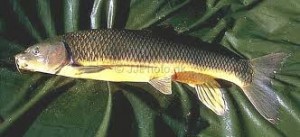
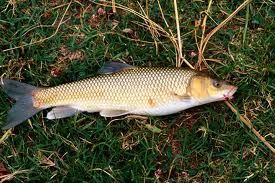
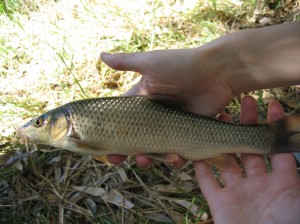
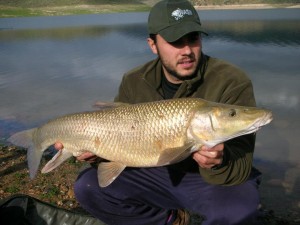

Great read, very inspiring.Now Ive got to go and catch one, thanks.!
many thanksss mate Sam.
[...] these must be some form of Barbel like the Comizo Comizo Barbel Fishing Specialist in Spain THE FAMOUS COMIZO BARBEL OF SPAIN – Lee Swords Fishing – Lee Swords Fishing – [...]